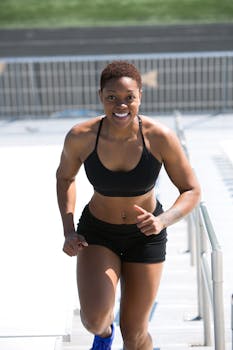
Introduction
We all have that favorite pair of running shoes—the ones that feel just right and have powered us through countless miles. But even the best shoes reach the end of their lifespan. Knowing when to retire them is crucial for your comfort, performance, and injury prevention.
Why Replacing Running Shoes Matters
Worn-out running shoes lose their cushioning and support, increasing your risk of discomfort and injuries such as shin splints, joint pain, and blisters. Maintaining fresh footwear helps keep your runs enjoyable and safe.
Signs It’s Time to Say Goodbye
- Mileage: Most running shoes last between 300–500 miles (480–800 km). If you’ve tracked your runs and hit this range, it’s probably time to consider a new pair.
- Visible Wear and Tear: Check the outsoles for uneven tread or bald spots, and inspect the midsoles for creasing or loss of shape.
- Loss of Comfort: If your shoes feel flat or less supportive, that’s a clear indicator they’re worn out.
- New Aches and Pains: Unexpected soreness or discomfort in your feet, legs, or knees can signal your shoes are no longer providing adequate support.
Tips to Extend Shoe Lifespan
- Rotate Pairs: Alternate between two or more pairs to reduce wear.
- Avoid Machine Washing: Clean with mild soap and air dry instead.
- Use for Purpose: Reserve your running shoes for workouts, not everyday use.
Conclusion
Your running shoes have been trustworthy companions, but they can’t last forever. By paying attention to signs of wear and keeping track of mileage, you’ll know exactly when to retire your favorites and step confidently into a new pair—ready for more miles ahead!
Comments
Post a Comment